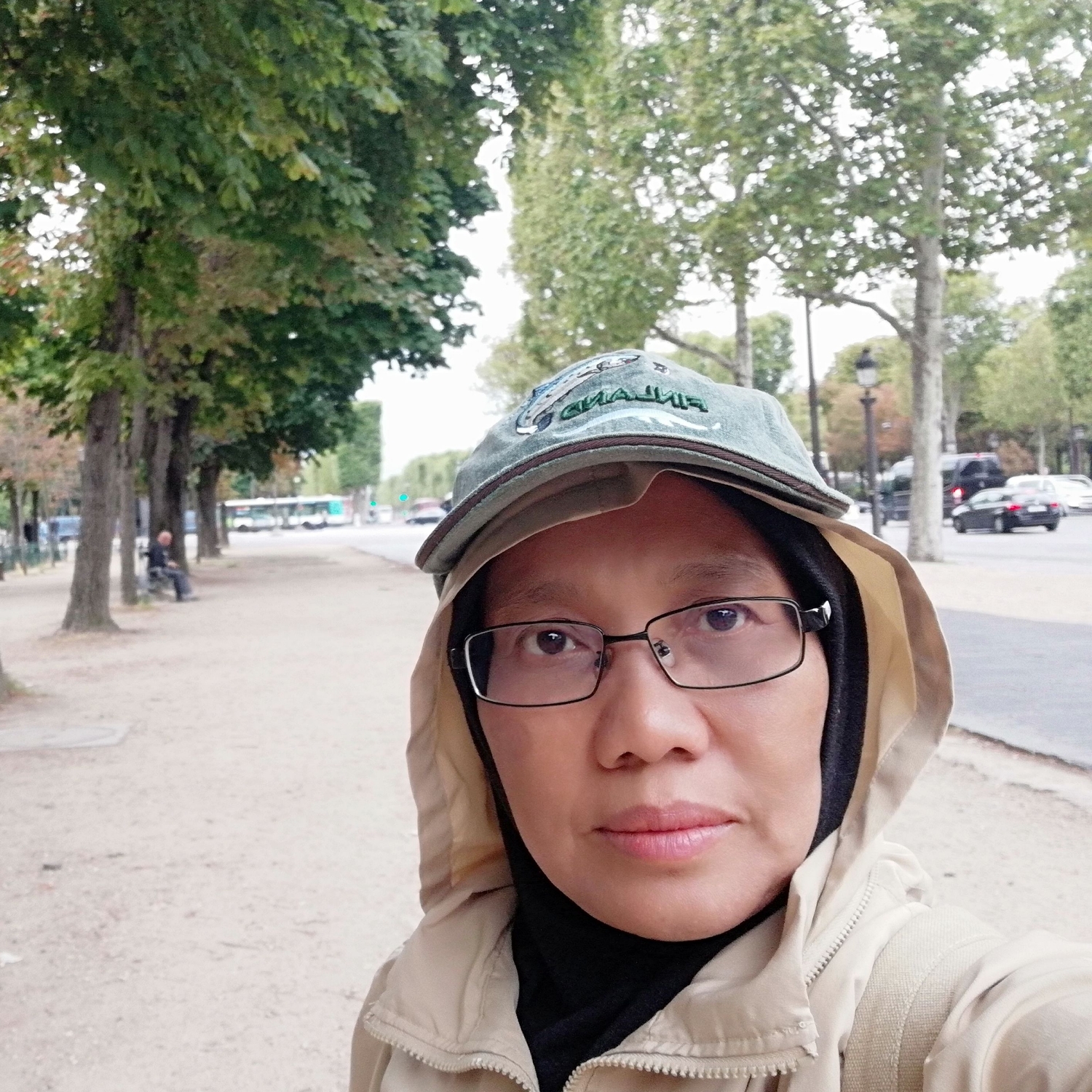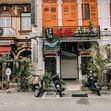Have we missed the art of building cities in Malaysia?
- Shuhana Shamsuddin

- Jun 18, 2020
- 3 min read
Updated: Jun 26, 2020
The Curious Case of Malaysian City Design

Ever since independence in 1957, Malaysia has been going through an urbanization process at an unprecedented rate. Although not many new towns were built, existing cities have expanded threefold of its original size, creating a dichotomy of character between the newer portions of the city and its earlier historical portion. The two facets of the city revealed the dilemma of urban design in the global South where we tend to lose the art of building cities.
Instead, we build cities to meet the needs of market forces. We also lose the human-scale city by succumbing to the traffic centric and giant scale city. Gone are the people-oriented places and in comes the car-oriented cities. This happens despite the development plans required by the legislation in the form of the Structure Plan and the Local Plan. Special Area Plans were also prepared for specific areas within the cities where needed. It is not enough to just have a plan which results in a functional city but at the cost of its soul and identity.

Our cities are also not walkable. The tropical climate has been blamed for the way the cities are being built. The architects facilitate this to happen by designing buildings that drove us away from the streets and the public realm. People seek comfort in the indoor environment where mechanical ventilation provides a comfortable environment, while we turn our backs to the street as an important element of the urban spaces.
We lost our arts and traditions in the design of buildings in our cities. International Style rules the townscape resulting in nowhere and yet everywhere cities. We also lose our places of historical and cultural significance to new developments. Even our UNESCO world heritage sites, George Town and Melaka were not spared from this onslaught. We are easy to adopt a foreign culture in the way we design our cities with the incorporation of alfresco and Parisien street culture instead of adapting our own culture of 'kedai kopi' and ' kaki lima' culture in our cities. The recent design of the London tower bridge look-alike at Kuala Terengganu waterfront sums it all.
Urban design is only given lip service in the way we build our cities. More emphasis is given to beautification efforts as demonstrated in street enhancement programs such as landscaping and painting of murals in the back lanes. There is no design coordination from the city level down to the block level. Thus, our cities lost a sense of unity at the city level, and the sense of place at the street level. Placemaking is just approached as a trendy effort that focused more on landscaping than to look at how places can be designed to retain the sense of place and responding to the climate, cultural and physical context of the setting.
If Malaysia is to target to be a developed country (originally aimed for 2020), we have to focus on giving quality to the way we build our cities, apart from making the cities functional to meet the needs of the users. More architects and planners should have formal training in urban design, as they are the ones that should be entrusted to coordinate development to ensure that our cities can have distinctive identities. Once the local authorities were equipped with skilled personnel to guide the architects and coordinate all-new design, then the development control machinery should support this by having stringent design control to achieve the goals set by the authorities. This is what is happening in developed countries, where a clear set of urban design goals and guidelines facilitate the urban design coordination of the city by well-trained officers at the local authority.
Since the urban design is an area of expertise that bridges the gap between Architecture and Town Planning, it is not sufficient that only planners and architects are left to do the job of coordinating design at the city level. We at PEREKABANDAR believe that concerted efforts by many are needed, to give back the character to Malaysian cities to improve the quality of life of our urban citizens.











Comments